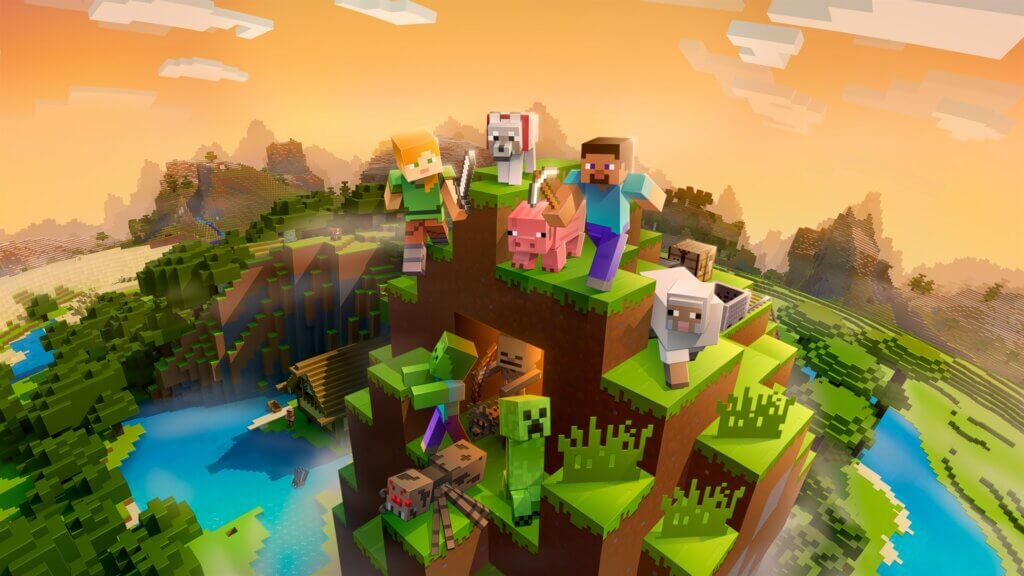This year for Safer Internet Day 2017, the UK Safer Internet Centre is showcasing the power of image in digital youth culture. Image and video sharing are powerful tools of communication, self-expression and creativity, but there can be pressures, risks and potential negative consequences.
This Safer Internet Day we want to empower children to have a positive time online and inspire everyone to ‘Be the change’ and use the positive power of image to help create a better internet. As part of this we are running a national youth photography campaign exploring the power of images in digital youth culture.
From the pressure to take the perfect selfie, to the ways that images can be misleading or ambiguous, our six photography briefs challenge young people to consider the impact of images on their lives, while also celebrating the positive power of image to help inspire a better internet. The six briefs are:
Be the Change
In this brief young people have created an image with a message that inspires others to ‘be the change and unite to create a better internet.’
Some images in this brief show how the internet helps you work with others to make a positive difference, whilst others show the way that images can help to spread positivity and kindness with others.
Visit the Be the Change gallery.
Look outside the frame
Young people were challenged to create an image that shows how things we see online may not always be what they seem. They show the decision process made when taking a photo, showing what information gets left out and how this could affect how other people interpret the photo.
Visit the Look outside the frame gallery.
Seeing is not always believing
The images created for this brief are designed to be ambiguous. Without the story behind the image, sometimes the meaning can be unclear. These photos show how a confusing image might cause others to jump to the wrong conclusions about the people in the photo, or those who shared it. This brief was designed to show the importance of critical thinking skills online, and how not everything you see online may be an accurate representation of real life.
Visit the seeing is not always believing gallery.
Picture perfect
These images demonstrate how young people can face pressure to look a certain way in the selfies they share online. These photos show what goes into creating a ‘perfect’ image and expose the difference between the images young people choose to share and the ones they delete.
Visit the Picture Perfect gallery.
Personal Information Clues
The photos in this brief explore what personal information is and how important it is to not share this online. By staging scenarios with fictional characters, they demonstrate how easy it can be to accidentally share personal information online.
Visit the Personal Information Clues gallery.
Being me
For this photography brief, young people are invited to create an image that shows how else you can represent yourself online without sharing personal information or showing your face. For example, by creating an emoji that represents who you are and your personality.
Get involved and create your own photos using our Photography Project Pack.


